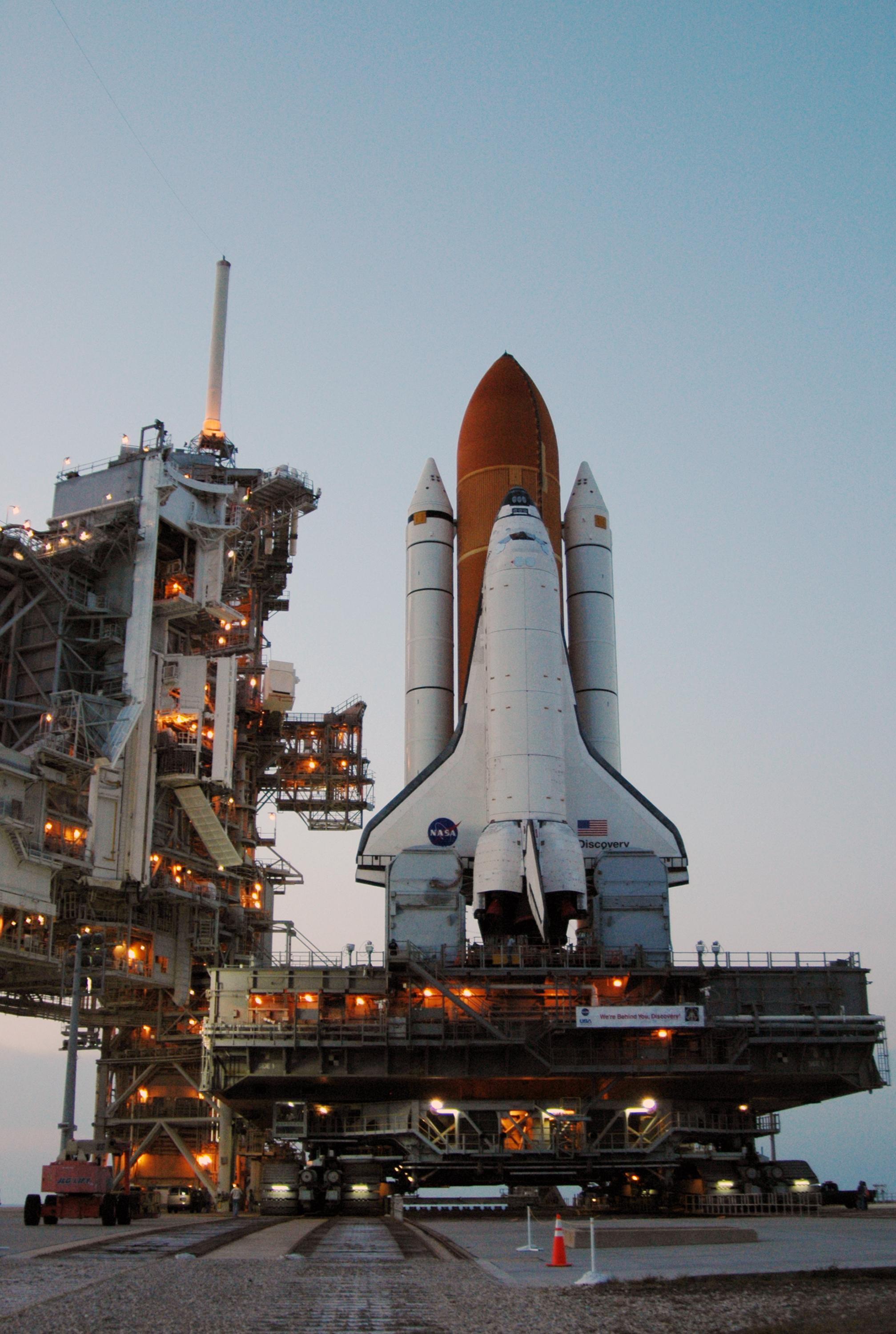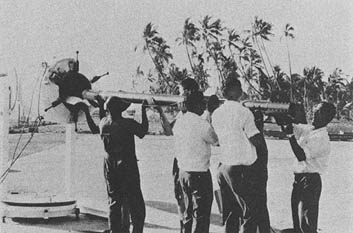|
Return To Flight (other)
Return to Flight can refer to: * Apollo 7, NASA's first mission after the Apollo 1 fire * Apollo 14, NASA's first mission after the failure of Apollo 13 * Falcon 9 Flight 20 * Space Shuttle mission STS-26, NASA's first mission after the Space Shuttle ''Challenger'' disaster * Space Shuttle mission STS-114, NASA's first test mission after the Space Shuttle ''Columbia'' disaster * Space Shuttle mission STS-121, NASA's second test mission following the ''Columbia'' disaster * ISRO's successful launch of GSLV Geosynchronous Satellite Launch Vehicle (GSLV) is an expendable launch system operated by the Indian Space Research Organisation (ISRO). GSLV was used in fourteen launches from 2001 to 2021. Even though GSLV Mark III shares the name, it is a ...-D5 with indigenously developed CE-7.5 cryogenic rocket engine {{disambig ... [...More Info...] [...Related Items...] OR: [Wikipedia] [Google] [Baidu] |
Apollo 7
Apollo 7 (October 1122, 1968) was the first crewed flight in NASA's Apollo program, and saw the resumption of human spaceflight by the agency after the fire that killed the three Apollo 1 astronauts during a launch rehearsal test on January 27, 1967. The Apollo7 crew was commanded by Walter M. Schirra, with command module pilot Donn F. Eisele and lunar module pilot R. Walter Cunningham (so designated even though Apollo7 did not carry a Lunar Module). The three astronauts were originally designated for the second crewed Apollo flight, and then as backups for Apollo1. After the Apollo1 fire, crewed flights were suspended while the cause of the accident was investigated and improvements made to the spacecraft and safety procedures, and uncrewed test flights made. Determined to prevent a repetition of the fire, the crew spent long periods monitoring the construction of their Apollo command and service modules (CSM). Training continued over much of the pause that foll ... [...More Info...] [...Related Items...] OR: [Wikipedia] [Google] [Baidu] |
Apollo 14
Apollo 14 (January 31, 1971February 9, 1971) was the eighth crewed mission in the United States Apollo program, the third to land on the Moon, and the first to land in the lunar highlands. It was the last of the " H missions", landings at specific sites of scientific interest on the Moon for two-day stays with two lunar extravehicular activities (EVAs or moonwalks). The mission was originally scheduled for 1970, but was postponed because of the investigation following the failure of Apollo 13 to reach the Moon's surface, and the need for modifications to the spacecraft as a result. Commander Alan Shepard, Command Module Pilot Stuart Roosa, and Lunar Module Pilot Edgar Mitchell launched on their nine-day mission on Sunday, January 31, 1971, at 4:03:02 p.m. EST. En route to the lunar landing, the crew overcame malfunctions that might have resulted in a second consecutive aborted mission, and possibly, the premature end of the Apollo program. Shepard and Mitchell made t ... [...More Info...] [...Related Items...] OR: [Wikipedia] [Google] [Baidu] |
Apollo 13
Apollo 13 (April 1117, 1970) was the seventh crewed mission in the Apollo space program and the third meant to land on the Moon. The craft was launched from Kennedy Space Center on April 11, 1970, but the lunar landing was aborted after an oxygen tank in the service module (SM) failed two days into the mission. The crew instead looped around the Moon and returned safely to Earth on April 17. The mission was commanded by Jim Lovell, with Jack Swigert as command module (CM) pilot and Fred Haise as Lunar Module (LM) pilot. Swigert was a late replacement for Ken Mattingly, who was grounded after exposure to rubella. A routine stir of an oxygen tank ignited damaged wire insulation inside it, causing an explosion that vented the contents of both of the SM's oxygen tanks to space. Without oxygen, needed for breathing and for generating electric power, the SM's propulsion and life support systems could not operate. The CM's systems had to be shut down to conserve i ... [...More Info...] [...Related Items...] OR: [Wikipedia] [Google] [Baidu] |
Falcon 9 Flight 20
Falcon 9 flight 20 (also known as Orbcomm OG2 M2) was a Falcon 9 space launch that occurred on 22 December 2015 at 01:29:00 UTC (21 December, 8:29:00 pm local time). It was the first time that the first stage of an orbital rocket made a successful return and vertical landing. The successful landing of the first stage at Landing Zone 1, near the launch site, was the result of a five-year technology development program to develop a reusable launch system and came on a flight test that followed the primary launch mission. Following separation of the second stage, SpaceX conducted the eighth of its controlled booster descent tests of the spent first stage, the first in which the descent target location was on land, and also the first ever successful landing. Prior to this flight, SpaceX's two previous attempts at a vertical landing and booster recovery ended in failure to recover the rocket. The success of flight 20 marked a significant milestone en route to the company's goal ... [...More Info...] [...Related Items...] OR: [Wikipedia] [Google] [Baidu] |
STS-26
STS-26 was the 26th NASA Space Shuttle mission and the seventh flight of the orbiter ''Discovery''. The mission launched from Kennedy Space Center, Florida, on September 29, 1988, and landed four days later on October 3, 1988. STS-26 was declared the "Return to Flight" mission, being the first mission after the Space Shuttle ''Challenger'' disaster of January 28, 1986. It was the first mission since STS-9 to use the original Space Transportation System (STS) numbering system, the first to have all its crew members wear pressure suits for launch and landing since STS-4, and the first mission with bailout capacity since STS-4. STS-26 was also the first U.S. space mission with an all-veteran crew since Apollo 11, with all of its crew members having flown at least one prior mission. The mission is technically designated STS-26R, as the original STS-26 designation previously belonged to STS-51-F (also known as Spacelab-2). Likewise all flights with the STS-26 through STS-33 desi ... [...More Info...] [...Related Items...] OR: [Wikipedia] [Google] [Baidu] |
STS-114
STS-114 was the first "Return to Flight" Space Shuttle mission following the Space Shuttle ''Columbia'' disaster. ''Discovery'' launched at 10:39 EDT (14:39 UTC), July 26, 2005. The launch, 907 days (approx. 29 months) after the loss of ''Columbia'', was approved despite unresolved fuel sensor anomalies in the external tank that had prevented the shuttle from launching on July 13, its originally scheduled date. The mission ended on August 9, 2005, when ''Discovery'' landed at Edwards Air Force Base in California. Poor weather over the Kennedy Space Center in Florida hampered the shuttle from using its primary landing site. Analysis of the launch footage showed debris separating from the external tank during ascent; this was of particular concern because it was the issue that had set off the ''Columbia'' disaster. As a result, NASA decided on July 27 to postpone future shuttle flights pending additional modifications to the flight hardware. Shuttle flights resumed a year late ... [...More Info...] [...Related Items...] OR: [Wikipedia] [Google] [Baidu] |
STS-121
STS-121 was a 2006 NASA Space Shuttle mission to the International Space Station (ISS) flown by . The main purposes of the mission were to test new safety and repair techniques introduced following the ''Columbia'' disaster of February 2003 as well as to deliver supplies, equipment and German European Space Agency (ESA) astronaut Thomas Reiter to the ISS."STS-121 Nasa Press Kit" NASA Press Kit – STS-121, May 2006. After two weather-related delays, the shuttle successfully launched on Tuesday, 4 July 2006 at 14:37:55 EDT. It was the first and only shuttle launch on the United States' . The ... [...More Info...] [...Related Items...] OR: [Wikipedia] [Google] [Baidu] |
ISRO
The Indian Space Research Organisation (ISRO; ) is the national space agency of India, headquartered in Bengaluru. It operates under the Department of Space (DOS) which is directly overseen by the Prime Minister of India, while the Chairman of ISRO acts as the executive of DOS as well. ISRO is India's primary agency for performing tasks related to space-based applications, space exploration and the development of related technologies. It is one of six government space agencies in the world which possess full launch capabilities, deploy cryogenic engines, launch extraterrestrial missions and operate large fleets of artificial satellites. The Indian National Committee for Space Research (INCOSPAR) was established by Jawaharlal Nehru under the Department of Atomic Energy (DAE) in 1962, on the urging of scientist Vikram Sarabhai, recognising the need in space research. INCOSPAR grew and became ISRO in 1969, within DAE. In 1972, the government of India set up a Space Commission and ... [...More Info...] [...Related Items...] OR: [Wikipedia] [Google] [Baidu] |
GSLV
Geosynchronous Satellite Launch Vehicle (GSLV) is an expendable launch system operated by the Indian Space Research Organisation (ISRO). GSLV was used in fourteen launches from 2001 to 2021. Even though GSLV Mark III shares the name, it is an entirely different launch vehicle. History The Geosynchronous Satellite Launch Vehicle (GSLV) project was initiated in 1990 with the objective of acquiring an Indian launch capability for geosynchronous satellites. GSLV uses major components that are already proven in the Polar Satellite Launch Vehicle (PSLV) launch vehicles in the form of the S125/S139 solid rocket booster and the liquid-fueled Vikas engine. Due to the thrust required for injecting the satellite in a geostationary transfer orbit (GTO) the third stage was to be powered by a LOX/ LH2 Cryogenic engine which at that time India did not possess or have the technological expertise to build. The first development flight of the GSLV (Mk I configuration) was launched o ... [...More Info...] [...Related Items...] OR: [Wikipedia] [Google] [Baidu] |



.jpg)




